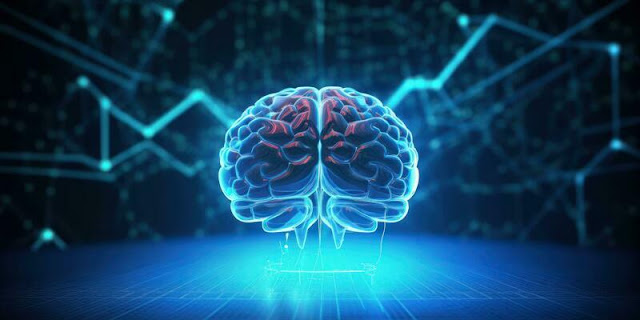Independent
multifocal spike discharges (IMSD) are another type of interictal epileptiform
discharge (IED) observed in electroencephalography (EEG).
1.
Definition:
o IMSD
refers to the presence of spikes that arise from multiple independent foci
across the brain. Unlike multifocal independent spike discharges (MISD), IMSD emphasizes
the independence of the spike discharges, indicating that they originate from
different cortical regions without synchronization.
2.
Morphology:
o The
spikes in IMSD can vary in shape and amplitude, similar to other types of IEDs.
They are characterized by their sharp, well-defined waveforms, and the presence
of phase reversals at different electrode sites is a hallmark of this pattern.
3.
Clinical Significance:
o IMSD is
often associated with more complex forms of epilepsy and can indicate a higher
likelihood of seizures. It may be seen in patients with significant underlying
brain pathology, such as structural brain abnormalities or diffuse cortical
dysfunction.
o The
presence of IMSD can suggest a more severe epileptic condition, often linked to
developmental disorders or other neurological issues.
4.
Occurrence:
o IMSD
typically involves spikes that are independent and occur at different times
across multiple electrodes. The discharges must be sufficiently spaced apart,
usually defined as being two or more interelectrode distances apart, to be
considered independent.
5.
Diagnosis:
o The
identification of IMSD on an EEG is crucial for diagnosing multifocal epilepsy
syndromes. The pattern of independent spikes helps differentiate it from other
types of epileptiform activity, such as generalized spike and wave complexes or
synchronized focal discharges.
6.
Prognosis:
o The
prognosis for patients with IMSD can vary widely. Similar to MISD, IMSD is
often associated with frequent seizures that may not respond well to treatment.
This pattern can indicate a more challenging clinical course and may require
careful management.
7.
Impact of Treatment:
o Patients
with IMSD may require comprehensive treatment strategies, including the use of
multiple antiepileptic medications, to manage their seizures effectively. The
presence of IMSD often necessitates ongoing monitoring and adjustments to
treatment plans based on seizure frequency and response to therapy.
In
summary, independent multifocal spike discharges (IMSD) are significant EEG
findings that indicate independent epileptogenic activity from multiple brain
regions. Their identification is important for diagnosing complex epilepsy
syndromes and understanding the underlying pathology. IMSD is associated with a
higher likelihood of seizures and may require more intensive treatment
approaches. Understanding the characteristics and implications of IMSD is
essential for clinicians managing patients with epilepsy.


Comments
Post a Comment